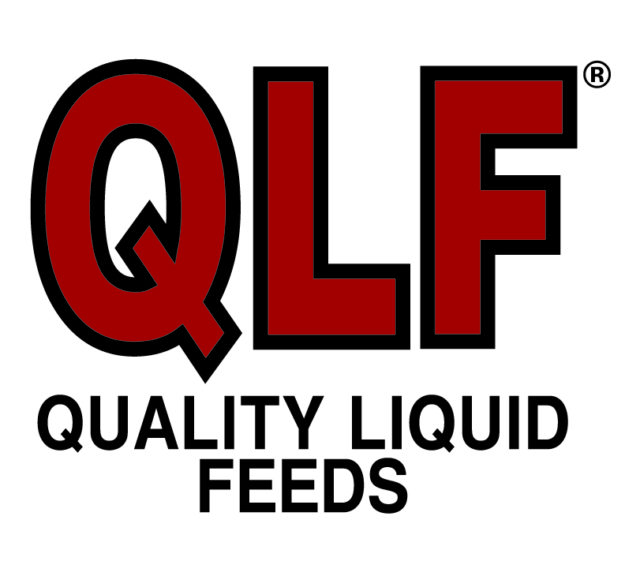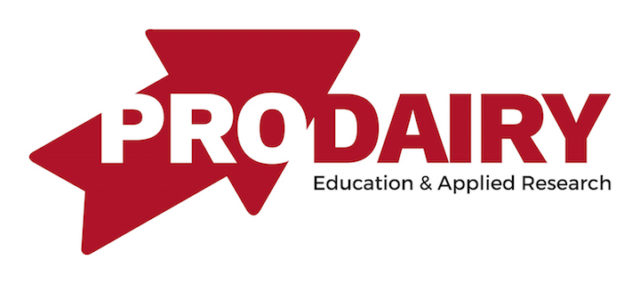The House Agriculture Committee held a hearing, Feb. 15, as the 115th Congress began laying the groundwork for the 2018 Farm Bill. The hearing primarily focused on the economic challenges facing of U.S. agriculture, including dairy.
In written and oral testimony, Dr. Scott Brown, Extension agricultural economist at the University of Missouri, focused on dairy policy and specifically the Margin Protection Program for Dairy (MPP-Dairy).
Producers see MPP-Dairy value diminishing
Entering its third full year in 2017, MMP-Dairy has not been viewed as a strong safety net for producers, and many are looking for policy alternatives in the 2018 Farm Bill.
As premium costs have exceeded anticipated MPP-Dairy payments, dairy producer participation at anything above the minimum level has fallen continually since the program was implemented in the 2014 Farm Bill. Producer experiences with the program have left many disenchanted.
MPP-Dairy participation has been much lower than many estimated when the program became law in early 2014, according to Brown. During development, many assumed about 70 percent of annual U.S. milk production would be enrolled at the $6.50 per cwt coverage level. Actual MPP-Dairy data shows slightly more than 2 percent of 2016 milk production was enrolled at that level.
In 2016, 140 billion pounds of production history – about two-thirds of U.S. milk production – was enrolled in only the “catastrophic” $4 per cwt level of coverage. Although not yet announced, Brown expects 2017 MPP-Dairy enrollment data will show even more production shifted to the $4 coverage level, with many producers not willing to buy up coverage given the low probability of payments.
Participation above the $4 per cwt level has been especially low in western states, such as California and Idaho, where more than 80 percent of 2016 milk production levels were covered at the $4 per cwt minimum. Upper Midwest states like Minnesota and Wisconsin had about 60 percent of 2016 milk production covered under the $4 level, with similar coverage in the Northeast and Southeast.
Volatility complicates safety net
Wide swings in milk prices and producer income complicate the safety net picture, Brown said. After reaching a record level of over $24 per hundredweight (cwt) in 2014, the U.S. average milk price declined to almost $16 per cwt in 2016.
With those price swings, U.S. dairy cash receipts have also been volatile. In 2009, U.S. dairy cash receipts from milk sales totaled about $24.3 billion. By 2014, receipts swelled to $49.3 billion, but then fell to about $34.2 billion in 2016.
Brown said there is a high correlation between the effectiveness of a dairy safety net and the level of government spending. Creating a program that can moderate the billions of dollars change in dairy cash receipts – while limiting government spending – is a large challenge, he said.
“The federal government remains the largest source of producer risk reduction through government spending on farm programs,” Brown said. “Given the inelastic nature of supply and demand of dairy products, the cost of a dairy program can go from zero to billions of dollars quickly.
“It is important to remember that dairy farmers will always remain in a better financial situation when market conditions result in little to no government spending, as a safety net program hardly ever completely offsets lower market returns,” Brown said.
Industry slower to adjust
Despite the tough economic environment for dairy producers in 2016, milk production expanded for the seventh consecutive year, Brown said. U.S. dairy cow inventory increased by 48,000 head during 2016, but regional impacts varied. California dairy cow numbers declined by 9,000 head, while Texas expanded by 35,000 head.
Brown said the structure of U.S. dairy operations makes milk production contraction more difficult, even when the market clearly sends that signal. Compared to a year earlier, annual milk production fell five times between 1986-1999 but only twice between 2001-2009. Milk production even expanded during the drought-induced record feed prices of 2012-2013, he said.
“During the 1980s and 1990s, there were more dairy farmers with relatively higher production costs that would exit the industry during tough economic times,” Brown explained. “By the 2000s, the remaining operations tend to have larger fixed costs, which makes them less responsive to current financial conditions.”
Brown said MPP-Dairy represented a major change in U.S. dairy policy, a switch from one providing a floor on milk prices to one providing margin risk management.
“More work is needed to help producers think through the risk management aspect of the MPP,” Brown said. “MPP participation has moved to the lower levels of margin coverage when at times producers may be better served to participate at higher levels.”
Farm Bureau exploring dairy margin insurance product
While Congress wrestles with a federal dairy safety net, the American Farm Bureau Federation (AFBF) and its insurance arm, American Farm Bureau Insurance Services (AFBIS), are exploring another dairy revenue protection insurance product.
According to a press release, the insurance program would protect regional revenue (milk price x state-level milk yield per cow) rather than just the national average milk price or the income-over-feed-cost margin.
The program would be positioned alongside another USDA program, Livestock Gross Margin for Dairy (LGM-Dairy). AFBF/AFBIS are preparing a concept proposal to submit to USDA in April 2017. If approved, the product could be available in late 2018 or early 2019.
AFBF/AFBIS is conducting an online survey to evaluate potential dairy producer interest and participation.
Other testimony
During the House hearing, ag committee members also heard from several other economists who highlighted the challenges facing U.S. farmers. They cited low farm commodity prices, declining net farm income, tightening credit conditions, a strong dollar and foreign competitor trade practices.
Presenters included USDA chief economist Robert Johansson, who said tightening credit availability from commercial banks is coinciding with slower loan repayment rates.
Patrick Westhoff, director for the Food and Agricultural Research Institute at the University of Missouri, said low crop prices have lowered income per acre, despite lower operating expenses. He said net returns were far below levels seen in 2009-13, and in some cases at 2004-08, when land and other fixed costs were much lower.
The Senate Ag Committee was scheduled to hold a Farm Bill hearing on Feb. 23, in Manhattan, Kansas.
House Ag Committee subcommittee hearings are scheduled to begin Feb. 28.
A full list of House/Senate members on the Congressional Dairy Farmer Caucus, a group formed to advise Congress on dairy issues, has not been announced. ![]()

-
Dave Natzke
- Editor
- Progressive Dairyman
- Email Dave Natzke





